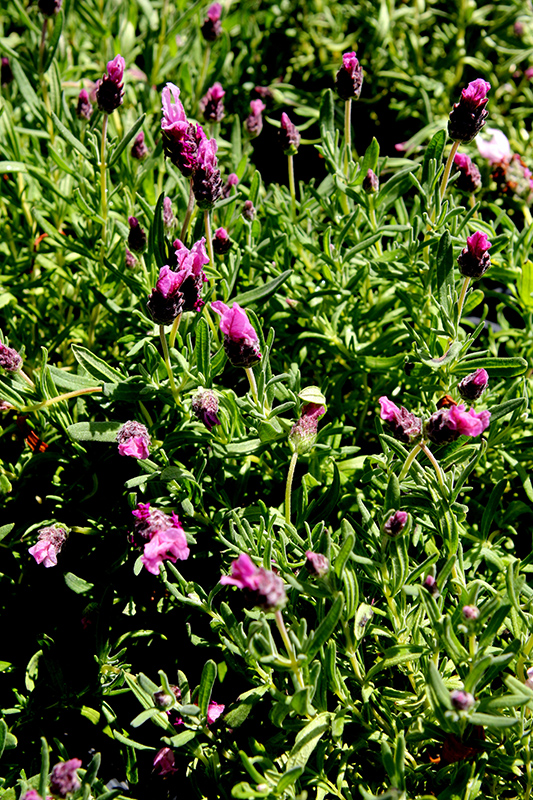With Love™ Lavender
Description
Unique cerise-crimson flower heads topped with showy pink flags, held on strong, well branched plants; disease resistant; ideal for borders, cottage gardens, and containers for continued color throughout the season
Landscape Attributes
With Love™ Lavender is a dense multi-stemmed annual with a mounded form. It brings an extremely fine and delicate texture to the garden composition and should be used to full effect.
With Love™ Lavender is recommended for the following landscape applications;
Planting & Growing
With Love™ Lavender will grow to be about 18 inches tall at maturity, with a spread of 18 inches. When grown in masses or used as a bedding plant, individual plants should be spaced approximately 15 inches apart. Its foliage tends to remain dense right to the ground, not requiring facer plants in front. Although it's not a true annual, this slow-growing plant can be expected to behave as an annual in our climate if left outdoors over the winter, usually needing replacement the following year. As such, gardeners should take into consideration that it will perform differently than it would in its native habitat.
This plant should only be grown in full sunlight. It prefers dry to average moisture levels with very well-drained soil, and will often die in standing water. It is considered to be drought-tolerant, and thus makes an ideal choice for a low-water garden or xeriscape application. It is not particular as to soil type, but has a definite preference for alkaline soils, and is able to handle environmental salt. It is highly tolerant of urban pollution and will even thrive in inner city environments. This is a selected variety of a species not originally from North America.
With Love™ Lavender is a fine choice for the garden, but it is also a good selection for planting in outdoor pots and containers. It can be used either as 'filler' or as a 'thriller' in the 'spiller-thriller-filler' container combination, depending on the height and form of the other plants used in the container planting. Note that when growing plants in outdoor containers and baskets, they may require more frequent waterings than they would in the yard or garden.

